清湖人家
No comments yet
|$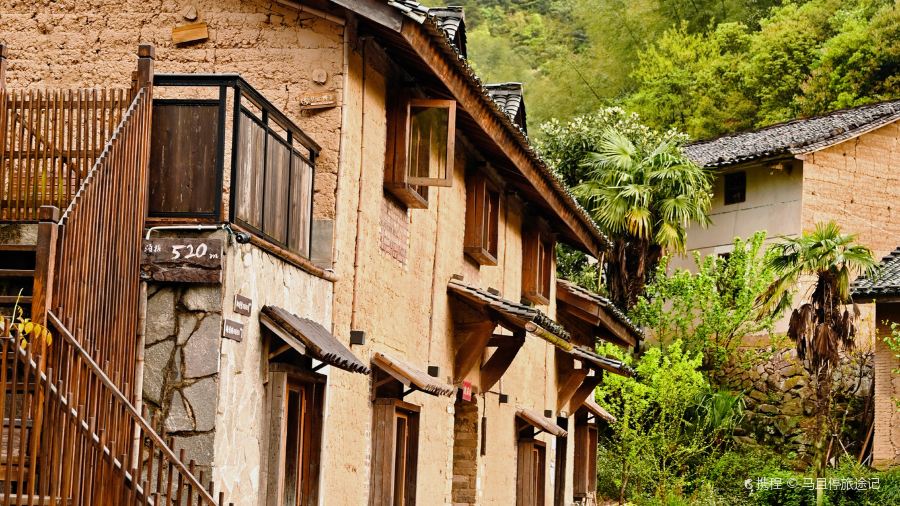
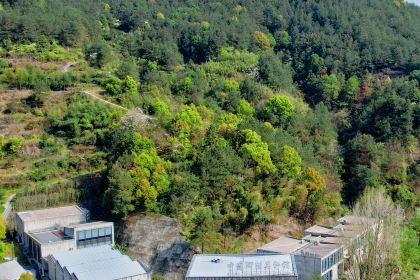
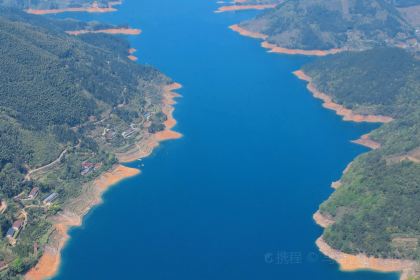
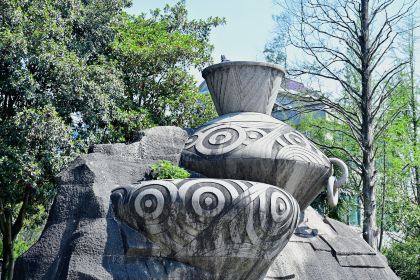
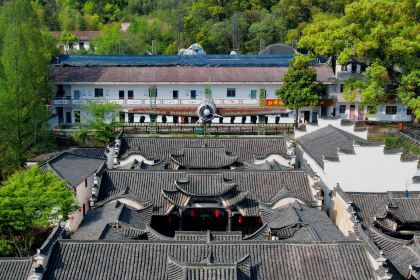
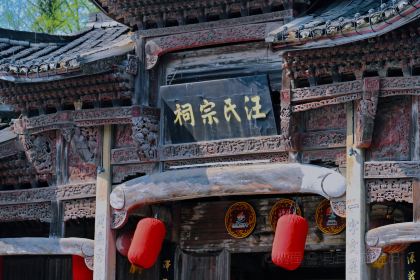
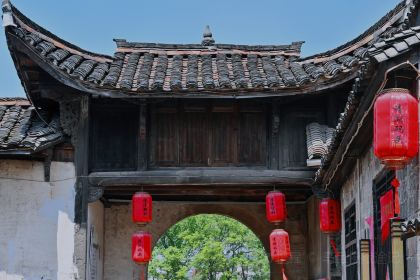
More
Open Now|09:00-22:00Show more
13735067002
浙江省衢州市江山市清湖街道清泉路与401县道交叉口南120米中国农业银行(江山市支行)对面
 马且停旅途记🔅Located in western Zhejiang, Quzhou is known as "seven mountains, two rivers and one field". The mountainous environment made many places in Quzhou very closed in ancient times. However, this also allowed many ancient villages to be preserved in the mountains. This time, I visited almost ten villages.
🔅Friends who like to see ancient buildings must go to Wengyuan Village in Qujiang District, Dachen Village in Jiangshan and Qinghu Ancient Town. Wengyuan Village retains the houses with rammed earth walls and black tiles, and the ancestral hall of Dachen Village in Jiangshan retains exquisite wood carvings and a stage that is still in use. The Qingxi Lock and Key Gate Tower on the dock of Qinghu Ancient Town is very beautiful;
🔅Of course, the most exquisite place for ancient buildings is Longyou Folk House Garden. The houses moved here from the folk are still shining. I personally like this way of keeping ancient buildings alive.
🔅There are many ancient buildings in the residential garden, among which the Wu's Hall built in the Ming Dynasty witnessed the architectural style of the Longyou area in the Ming and Qing Dynasties; the Shao's residential buildings retain the early architectural style of Longyou; the Lao's residential buildings in the Ming Dynasty retain exquisite wood carvings;
🔅The ox-leg wood carvings of the "Fu", "Lu", "Shou" and "Xi" stars on the pillars of the patio of Gaogang Qifeng in the Qing Dynasty are lifelike. There are many residential buildings like this in the scenic spot. You will always see the one you like if you walk slowly.
🔅Friends who like ethnic customs must not miss Xikeng Village in Qujiang District. This is a village where the She ethnic group lives. A group of murals interpret the ethnic customs of the She ethnic group. If you are lucky, you can also eat the special She ethnic group black rice;
🔅If you like painted pottery culture, then in Wanyao Village you will see a group of special porcelain paintings, and in Hemu Painted Pottery Village you will encounter the original kiln group, a provincial cultural relic protection unit in Zhejiang. The painted pottery produced here once passed through the Xianxia Ancient Road, went down the Minjiang River, and was sold to Fuzhou, Quanzhou and other places.
🔅If you like natural scenery, you will see the charm of the art village in Yudong Village. A group of murals are painted on the walls, which are particularly literary; the cherry blossoms and rape flowers in the Quzhou Youli Poetry and Painting Scenic Belt are in full bloom in April, and it is very good to enjoy the flowers; the reservoir in Jucun Village is particularly blue, and it is very beautiful with the blue sky, white clouds and mountains.
🔅The countryside of Quzhou is beautiful in spring. Which place do you recommend everyone to go?
马且停旅途记🔅Located in western Zhejiang, Quzhou is known as "seven mountains, two rivers and one field". The mountainous environment made many places in Quzhou very closed in ancient times. However, this also allowed many ancient villages to be preserved in the mountains. This time, I visited almost ten villages.
🔅Friends who like to see ancient buildings must go to Wengyuan Village in Qujiang District, Dachen Village in Jiangshan and Qinghu Ancient Town. Wengyuan Village retains the houses with rammed earth walls and black tiles, and the ancestral hall of Dachen Village in Jiangshan retains exquisite wood carvings and a stage that is still in use. The Qingxi Lock and Key Gate Tower on the dock of Qinghu Ancient Town is very beautiful;
🔅Of course, the most exquisite place for ancient buildings is Longyou Folk House Garden. The houses moved here from the folk are still shining. I personally like this way of keeping ancient buildings alive.
🔅There are many ancient buildings in the residential garden, among which the Wu's Hall built in the Ming Dynasty witnessed the architectural style of the Longyou area in the Ming and Qing Dynasties; the Shao's residential buildings retain the early architectural style of Longyou; the Lao's residential buildings in the Ming Dynasty retain exquisite wood carvings;
🔅The ox-leg wood carvings of the "Fu", "Lu", "Shou" and "Xi" stars on the pillars of the patio of Gaogang Qifeng in the Qing Dynasty are lifelike. There are many residential buildings like this in the scenic spot. You will always see the one you like if you walk slowly.
🔅Friends who like ethnic customs must not miss Xikeng Village in Qujiang District. This is a village where the She ethnic group lives. A group of murals interpret the ethnic customs of the She ethnic group. If you are lucky, you can also eat the special She ethnic group black rice;
🔅If you like painted pottery culture, then in Wanyao Village you will see a group of special porcelain paintings, and in Hemu Painted Pottery Village you will encounter the original kiln group, a provincial cultural relic protection unit in Zhejiang. The painted pottery produced here once passed through the Xianxia Ancient Road, went down the Minjiang River, and was sold to Fuzhou, Quanzhou and other places.
🔅If you like natural scenery, you will see the charm of the art village in Yudong Village. A group of murals are painted on the walls, which are particularly literary; the cherry blossoms and rape flowers in the Quzhou Youli Poetry and Painting Scenic Belt are in full bloom in April, and it is very good to enjoy the flowers; the reservoir in Jucun Village is particularly blue, and it is very beautiful with the blue sky, white clouds and mountains.
🔅The countryside of Quzhou is beautiful in spring. Which place do you recommend everyone to go?Reviews of 清湖人家
Some reviews may have been translated by Google Translate
0/5
All (2)
Latest
Photo reviews (2)
🔅Located in western Zhejiang, Quzhou is known as "seven mountains, two rivers and one field". The mountainous environment made many places in Quzhou very closed in ancient times. However, this also allowed many ancient villages to be preserved in the mountains. This time, I visited almost ten villages. 🔅Friends who like to see ancient buildings must go to Wengyuan Village in Qujiang District, Dachen Village in Jiangshan and Qinghu Ancient Town. Wengyuan Village retains the houses with rammed earth walls and black tiles, and the ancestral hall of Dachen Village in Jiangshan retains exquisite wood carvings and a stage that is still in use. The Qingxi Lock and Key Gate Tower on the dock of Qinghu Ancient Town is very beautiful; 🔅Of course, the most exquisite place for ancient buildings is Longyou Folk House Garden. The houses moved here from the folk are still shining. I personally like this way of keeping ancient buildings alive. 🔅There are many ancient buildings in the residential garden, among which the Wu's Hall built in the Ming Dynasty witnessed the architectural style of the Longyou area in the Ming and Qing Dynasties; the Shao's residential buildings retain the early architectural style of Longyou; the Lao's residential buildings in the Ming Dynasty retain exquisite wood carvings; 🔅The ox-leg wood carvings of the "Fu", "Lu", "Shou" and "Xi" stars on the pillars of the patio of Gaogang Qifeng in the Qing Dynasty are lifelike. There are many residential buildings like this in the scenic spot. You will always see the one you like if you walk slowly. 🔅Friends who like ethnic customs must not miss Xikeng Village in Qujiang District. This is a village where the She ethnic group lives. A group of murals interpret the ethnic customs of the She ethnic group. If you are lucky, you can also eat the special She ethnic group black rice; 🔅If you like painted pottery culture, then in Wanyao Village you will see a group of special porcelain paintings, and in Hemu Painted Pottery Village you will encounter the original kiln group, a provincial cultural relic protection unit in Zhejiang. The painted pottery produced here once passed through the Xianxia Ancient Road, went down the Minjiang River, and was sold to Fuzhou, Quanzhou and other places. 🔅If you like natural scenery, you will see the charm of the art village in Yudong Village. A group of murals are painted on the walls, which are particularly literary; the cherry blossoms and rape flowers in the Quzhou Youli Poetry and Painting Scenic Belt are in full bloom in April, and it is very good to enjoy the flowers; the reservoir in Jucun Village is particularly blue, and it is very beautiful with the blue sky, white clouds and mountains. 🔅The countryside of Quzhou is beautiful in spring. Which place do you recommend everyone to go?
🔅Although more and more ancient towns have developed in a standardized way, with food streets, souvenir shops, various exhibition halls, etc., it is a bit disappointing. Fortunately, many ancient towns still have few tourists and a weak commercial atmosphere, retaining a relatively original ecological atmosphere, and it is still quite charming to visit. 🔅For example, I went to Jiangshan, Quzhou, Zhejiang these two days, and met a relatively quiet Qinghu Ancient Town not far from the Jianglangshan Scenic Area. 🔅Maybe you don’t know Qinghu Ancient Town, but in fact it has a very deep heritage. This is an ancient town with a long history. In ancient times, it became an important commercial town on the border of Zhejiang, Fujian and Jiangxi provinces by relying on an important waterway transportation hub. It is also the only water and land transfer node on the Maritime Silk Road. 🔅The former Qinghu Ancient Town had dozens of alleys, 17 docks and a huge scale of "six fields, three cylinders, eight squares, nine lines, ten craftsmen and hundreds of shops". Even Xu Xiake came here three times, which shows how prosperous the former Qinghu Ancient Town was. 🔅Because of the decline of the prosperity of the waterway, the Qinghu Ancient Town now looks much more low-key, but after restoration, it still retains a relatively intact scale and there are many attractions. 1️⃣ Qingxi Lock and Key Wharf, this was the gate pavilion of the "Jiuqing Floating Bridge". Now the floating bridge is gone and only this gate pavilion remains. The gate pavilion was rebuilt in the 1950s. The blue bricks and gray tiles and the flying eaves are typical Hui-style buildings. The four characters "Qingxi Lock and Key" were written by Liu Mingqiu. 2️⃣ The former site of the salt warehouse, this is a provincial cultural relic protection unit in Zhejiang. It can be said that this salt warehouse once shouldered the purpose of salt transportation and storage. Salt was transported from Shaoxing to Qinghu by water, and then sold to northern Fujian, eastern Jiangxi and other places through here. 3️⃣There are many ancient wells in the ancient town, among which the Baijiajing with a history of more than 600 years is the most precious. It is said that when Qinghu was prosperous, the famous Gongtai Sauce Garden took water from here for brewing. It can be said that this ancient well once gave birth to many old brands in Qinghu. 4️⃣In addition, I quite like the atmosphere of Qinghu Ancient Town where local people still live. When walking in it, you can always see local people walking and living here, interpreting a different atmosphere of life. 🔅In general, Qinghu Ancient Town may not have many tourist attractions, but this original ecological atmosphere may be the biggest feature of Qinghu Ancient Town, and N reasons to fall in love with the happy Quzhou.